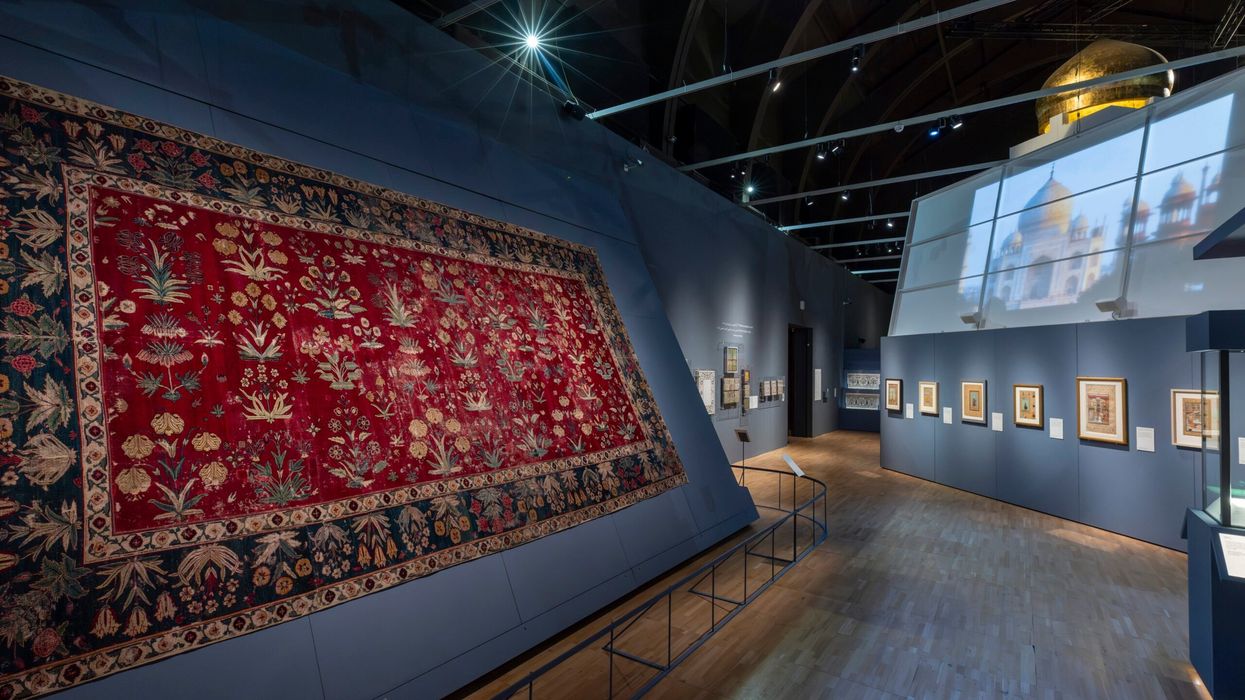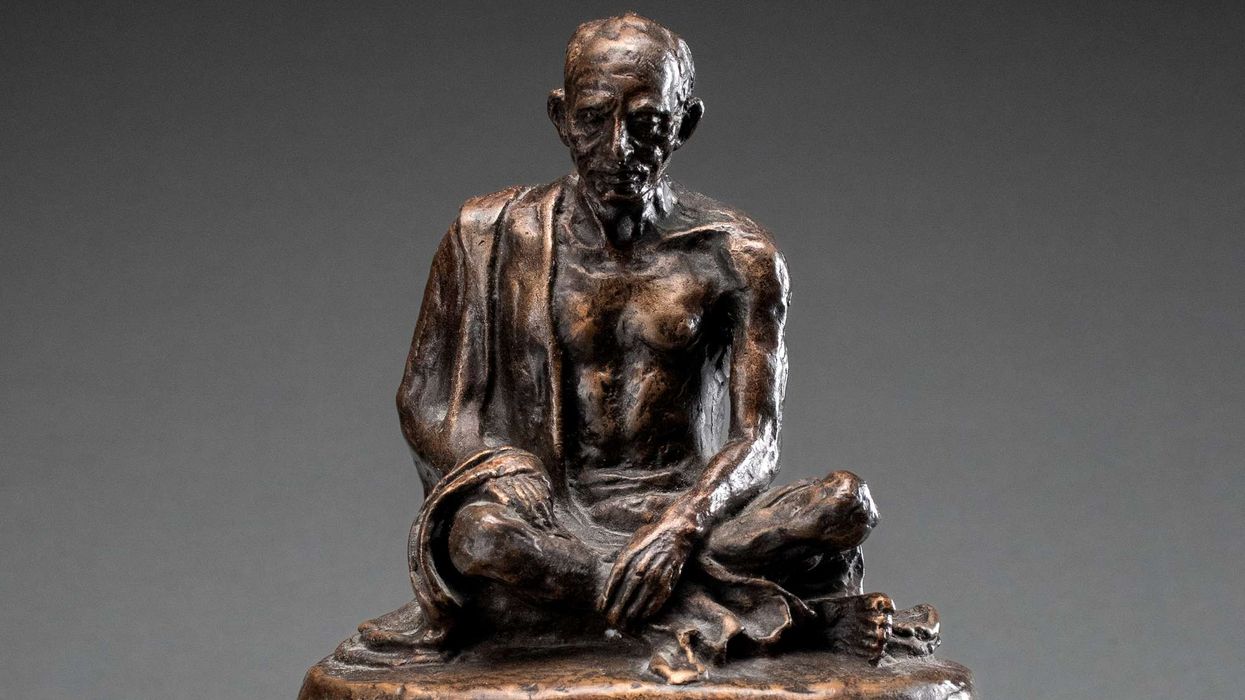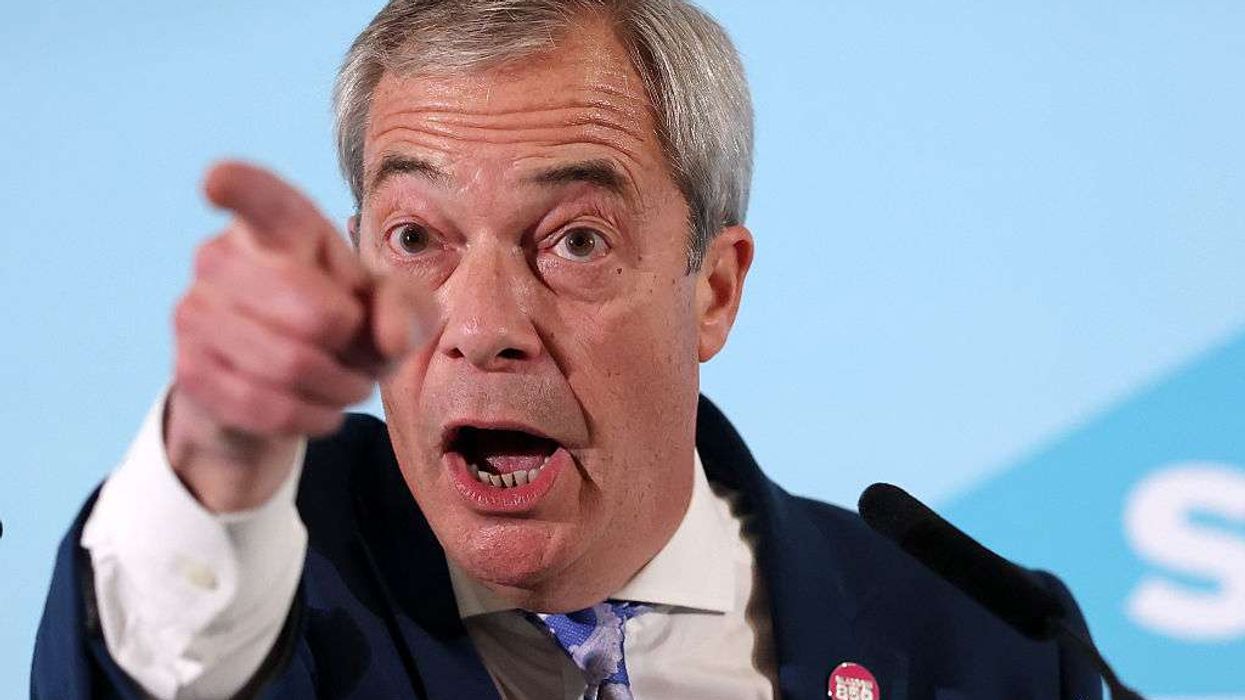OF COURSE, we Asians know all there is to know about Mughal history from two impeccable sources.
One is K Asif’s classic 1960 movie, Mughal-e-Azam, which stars Prithviraj Kapoor as the emperor Akbar, who forbids his son, Salim (Dilip Kumar) from pursuing his doomed love affair with a dancing girl, Anarkali (Madhubala).
And then those of us who are scholars of Mughal history have relied on the 2008 film, Jodhaa Akbar, in which the young Akbar romances a Rajput princess, Jodhaa Bai of Amber. They were played by Hrithik Roshan and Aishwarya Rai, respectively.
And so we are well prepared for our trip to the V&A to see The Great Mughals: Art, Architecture and Opulence. It’s so exquisite that I bought both the catalogue and the poster. The exhibition has been curated by Susan Stronge, senior curator in the V&A’s Asian department. One of the world’s leading experts on Mughal art, this is her swansong before she retires.
“This is the first exhibition to reveal the internationalist art and culture of the Mughal court,” she said. “Hindustani artists, Iranian masters and even a few Europeans came together in the imperial workshops to create a new, hybrid art. We are pleased to display some of their greatest creations, many of which have never been exhibited before.”
Somewhere in the exhibition are the words of the Sufi poet and scholar, Amir Khushrow (1253-1325): “If there is Paradise on earth, it is this, it is this, it is this.”
If there is an artistic paradise in London, then this exhibition at the V&A is it. It also proves that the Mughals, their art, culture and civilisation have always been an integral part of India.
The exhibition has an evocative video of the magical Taj Mahal in Agra, along with marble work from the mausoleum. I have been there a few times, seen it at dawn, at noon and at night and especially remember the trip with Princess Diana (the poor girl called it a “healing experience”).
The decoration of the Taj Mahal introduced a style that profoundly influenced all the arts of Shah Jahan’s reign. Blossoming plants and flowers were carved in stone, woven and embroidered on textiles, painted in the borders of albums and enamelled in gold on objects made for the court. These stylised blossoms evoke an ideal world in which they would live forever, untouched by decay, disease, famine or poverty. They proclaim the empire as a garden of paradise under the emperor’s just rule. And it was this which made Khushrow utter his famous words.
The exhibition showcases more than 200 objects across three sections spanning the reigns of Emperors Akbar (1556- 1605), Jahangir (1605-1627) and Shah Jahan (1628-1658) and celebrates the craftsmanship and creativity of their court workshops.
Rarely shown paintings and illustrated manuscripts not seen for a generation are displayed alongside delicate textiles, brilliantly coloured carpets and fine objects made of mother of pearl, rock crystal, jade and precious metals, the V&A points out.
The Mughal dynasty was founded in 1526 by Babur, a Timurid prince and ruler from Central Asia. At its peak, it was one of the wealthiest and most progressive empires in the world, and extended from Kabul in present-day Afghanistan, to the borders of the Deccan sultanates in the south, and from Gujarat in the west to present-day Bangladesh in the east.
Susan StrongeThe golden age of Mughal art lasted from about 1580 to 1650 and spanned the reigns of the three emperors. The imperial workshops employed Hindu and Muslim artists and craftsmen from across the newly conquered territories. Persian was the cultural language of the multilingual empire, which attracted skilled Iranian painters, calligraphers, architects and many others to the wealthy, cosmopolitan court. This exhibition traces the creation and evolution of a distinctively Mughal art. From jewelled vessels to richly coloured velvets and the art of the book to architecture, it examines the many techniques and conventions that were constantly absorbed and reimagined.
As children growing up in India, we were taught that Akbar was, as PG Wodehouse would put it, a thoroughly good egg (despite not allowing Salim to marry the girl he loved in Mughal-eAzam). He was 14 when he suddenly became emperor. He proved to be one of the greatest rulers in Indian history.
Akbar constantly encouraged innovation and c r e a t i v i t y . Workshops supplied his court with luxury products made by craftsmen from across the empire and from Iran. From the 1580s, they started to absorb elements of European art brought by Jesuit missionaries who came to Akbar’s court from the Portuguese territory of Goa. All of these different traditions were combined to create a vibrant new art.
For the Iranian festival of Nowruz (New Year), the court was decorated with luxurious textiles and carpets. Akbar championed new crafts and established court workshops, including goldsmiths and the House of Books. Precious objects made in these workshops are on display, including two rarely seen folios from the colourfully illustrated volumes of the Hamza-Nama, or Book of Hamza, commissioned by the emperor in the 1570s.
Jahangir continued his father’s legacy of artistic patronage. Jade from Khotan on the Silk Route was made into exquisite vessels for the emperor. The technique of enamelling, probably learned from Europeans, became one of the great Mughal arts. The dazzling appearance of the court inspired Sir Thomas Roe, England’s first ambassador to the Mughal emperor, to write to Prince Charles (later King Charles I) that Jahangir’s empire was “the treasury of the world”.
Under Jahangir, when the court, the royal household, servants and officials transferred from one major city to another, they were invariably accompanied by artists and craftsmen.
Shah Jahan became emperor after his father died in 1627. His coronation began a reign renowned for its sumptuous artistic production and its unified style. The vast wealth accumulated in the imperial treasuries allowed the ruler to follow his passion for architecture and to commission extravagant jewelled artefacts.
This unprecedented harmony in Mughal art was inspired by the Taj Mahal. Shah Jahan’s wife Arjumand Banu Begum, entitled “Mumtaz Mahal”, died giving birth to their 14th child. Within days, the grief-stricken emperor began planning a grand mausoleum for her in Agra, set within a large formal garden. The flowering plants, carved on its walls and inlaid in jewel-like colours on her white marble cenotaph, influenced artistic production at all levels.
Across the empire, artisans in specialist workshops replaced traditional patterns with blossoms in the new court style. Floral motifs were carved on emeralds, enamelled on gold vessels and weapons, and painted on the borders of album pages.
The Great Mughals: Art, Architecture and Opulence runs at the V&A until May 5, 2025.






 Marlon Wayans and Skye P. Marshall unveil full 2026 Golden Globes shortlist Getty Images
Marlon Wayans and Skye P. Marshall unveil full 2026 Golden Globes shortlist Getty Images  Best Podcast Category Instagram Story Screengrab/
Best Podcast Category Instagram Story Screengrab/





